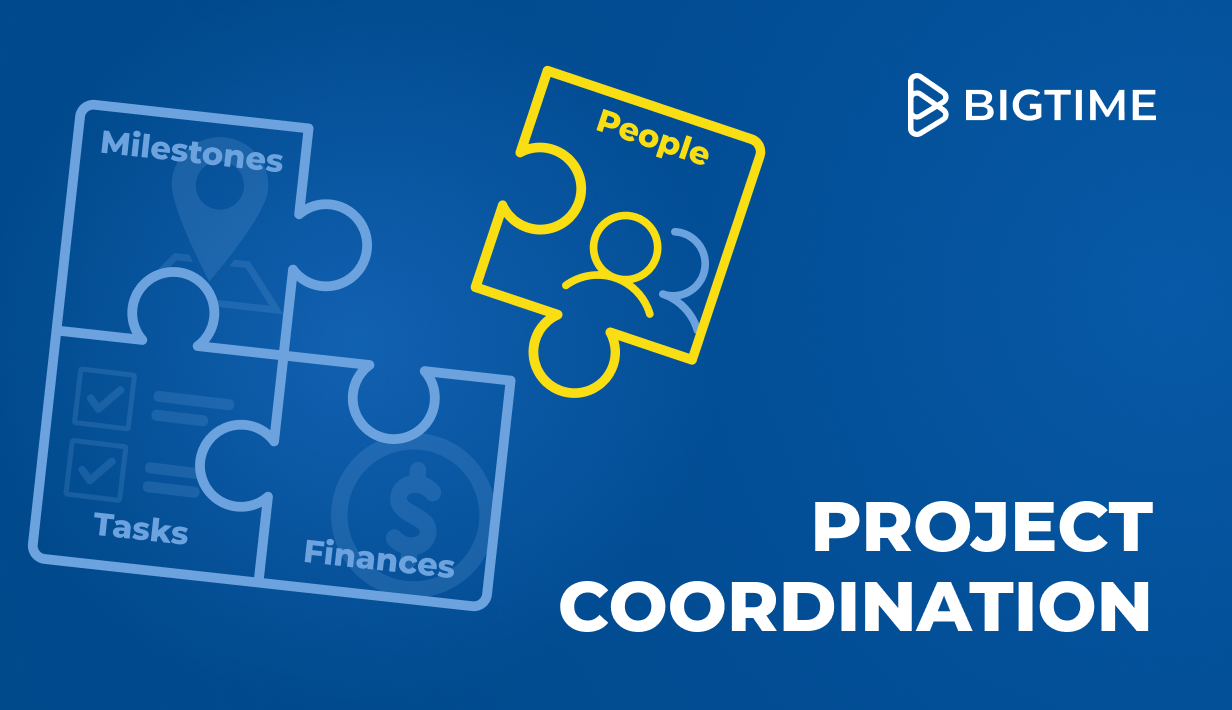
In a recent panel-style webinar, we had the opportunity to chat with PLATT about common growing pains professional service firms often face. The pros from PLATT shared their helpful advice for getting through these growing pains, including navigating operations and finance challenges.
(They also took a deep dive into project management growing pains.)
Since there were so many great insights that came from our webinar, we wanted to share some of our favorite takeaways on operations and finance growing pains. Keep reading to learn invaluable advice that you can implement at your own firm.
But first, meet our panelists from PLATT Architecture!
Bud Holland, Senior Project Manager
Ren Uriarte, Finance and HR Director
Jonna Heykoop, Office Manager
When automating something, keep an eye out for red flags that things might not be working.
The first red flag? “When the solution is more complicated than the current problem you’re having,” Bud shared this simple rule of thumb with us when automating processes. PLATT has stumbled across this many times with various apps and software they’ve tried to implement at their firm.
What’s important is that the processes you enforce at your firm work for your team. Because your people are the ones actually doing the work to follow processes, you need to be realistic with how much time and energy it takes to complete. While, yes, automating a process can make the world of difference in efficiency, you can’t automate everything. Ren mentions that along with using BigTime to keep track of hours and budgets, she still meets with the project management team to go over jobs. Face-to-face (or Zoom-to-Zoom) time and communication are invaluable and irreplaceable.
(As Bud mentioned, there’s a lot of software out there. We know it can be confusing to know what’s what. Check out the following blogs to help you know what they mean and if your firm could benefit from them)
PSA vs Project Management Software: Feature Breakdown
PSA vs ERP Software: Feature Breakdown
PSA & CRM: A Software Dream Team?
PSA 101: Intro to Professional Services Automation
It’s normal to reevaluate and readjust your internal processes. It’s actually a really good thing.
Taking a step back and looking at the way things are done is something every firm should be practicing regularly. PLATT knew they needed to do this a few years back when they were suddenly faced with a large project list that was quickly growing. While a great problem to have, the stress firms feel from this can be real.
Bud recalled, “When we were smaller, we had projects that were profitable and others that were not as profitable. That method worked when we had a smaller footprint but as we grew, that method just wasn’t working anymore. We had to be more efficient and figure out how to keep better track of our projects and learn how to project our profits.”
Another sign that it’s time to reevaluate processes is when your workload or amount of manual work is to the point where you need to automate certain processes in order to make better use of your time and be more efficient. Yes, change can be scary but if you update processes with your clients and team in mind, it’s only going to boost productivity.
Know what to automate and how much to automate. Hint: technology is your friend.
Making the decision to automate something at your firm can feel intimidating sometimes. But in the long run, you’ll probably look back and think about how you went for so long without automating a certain process or task, as big or small as it is.
Jonna knows this all too well. When she was getting daily requests to do wide-format printing from several people, it started to get difficult to keep track of the print jobs. Because of their line of work, it’s not as easy as hitting ‘Command P’ on your keyboard. Different sizes, versions, file locations, what client is getting what, and other factors play into this daily task. Jonna’s solution was to create a new tool using the workflow builder in Slack to have a form that team members could use when they need something printed. Jonna also created a new Slack channel, “Print Requests” to keep everything nice and organized for everyone. While it may seem like a small thing, finding an automated way to fix the issue Jonna was experiencing made things so much easier and ensured the right print was getting mailed to the right client.
(DYK: BigTime integrates with Slack to send important action items to your team where they already communicate.)
Know what KPIs you should be focusing on when measuring project and financial health.
“First and foremost, we’re going to define our project success by client satisfaction and client interaction throughout the process. We’re going to stand by that whether or not our KPIs are met”, Ren tells us.
After that, PLATT has a macro-level and a micro-level way of looking at things. Ren shares that the macro-level is more about looking at financials to gain insight into operating profits, return on overhead, labor utilization rate, and a direct labor multiplier to see if they’re in a range that’s profitable for them. Annually, Ren will look at their revenue growth to see how much did they grow as well as to come up with their projected growth for the year.
On a micro-level, to get to those operating profits you’re looking for, Ren, Jonna, and Bud work together to manage individual project budgets that they share with the architects on an hourly basis. Doing this allows the architects to tie their performance to the number of hours that are being put into a project (those hours are determined by the size and scope of the project). Ren also shares the importance of looking for trends — “looking at an average number of hours that are going to be put into a project so we can schedule that out and are we meeting our targets? If not, are we making up for it somewhere else?”
Find the happy medium in automation to stay true to your roots.
Jonna shares, “It’s super important to listen to your staff. Staying open and flexible in the way you do things helps people to feel like they are involved in the process and have a say in the why and how of doing things.” But, it’s not always that easy. Jonna adds, “Sometimes you just gotta get it done. And that process might not be the best way and you might even know it’s not the best way but until we have a better way, we gotta do work and try and find a better process later.” It’s not always going to be democratic. At a firm, not every single person is going to be happy with the way something is getting done. It’s about finding a good balance of being open to suggestions and still getting the work done.
(Check out this resource for tackling change management)
Wait, there’s so much more!
For even more helpful advice on the operational details that are essential to successful and continued growth, watch the full webinar here.
During the webinar we discuss:
- When and what aspects of your business should be automated
- Creating project management processes for a variety of work
- Finding the right mix of efficiency without sacrificing your firm’s personality and values
- Keeping company culture alive and employee retention on track
- Aligning communication across finance and project management teams





